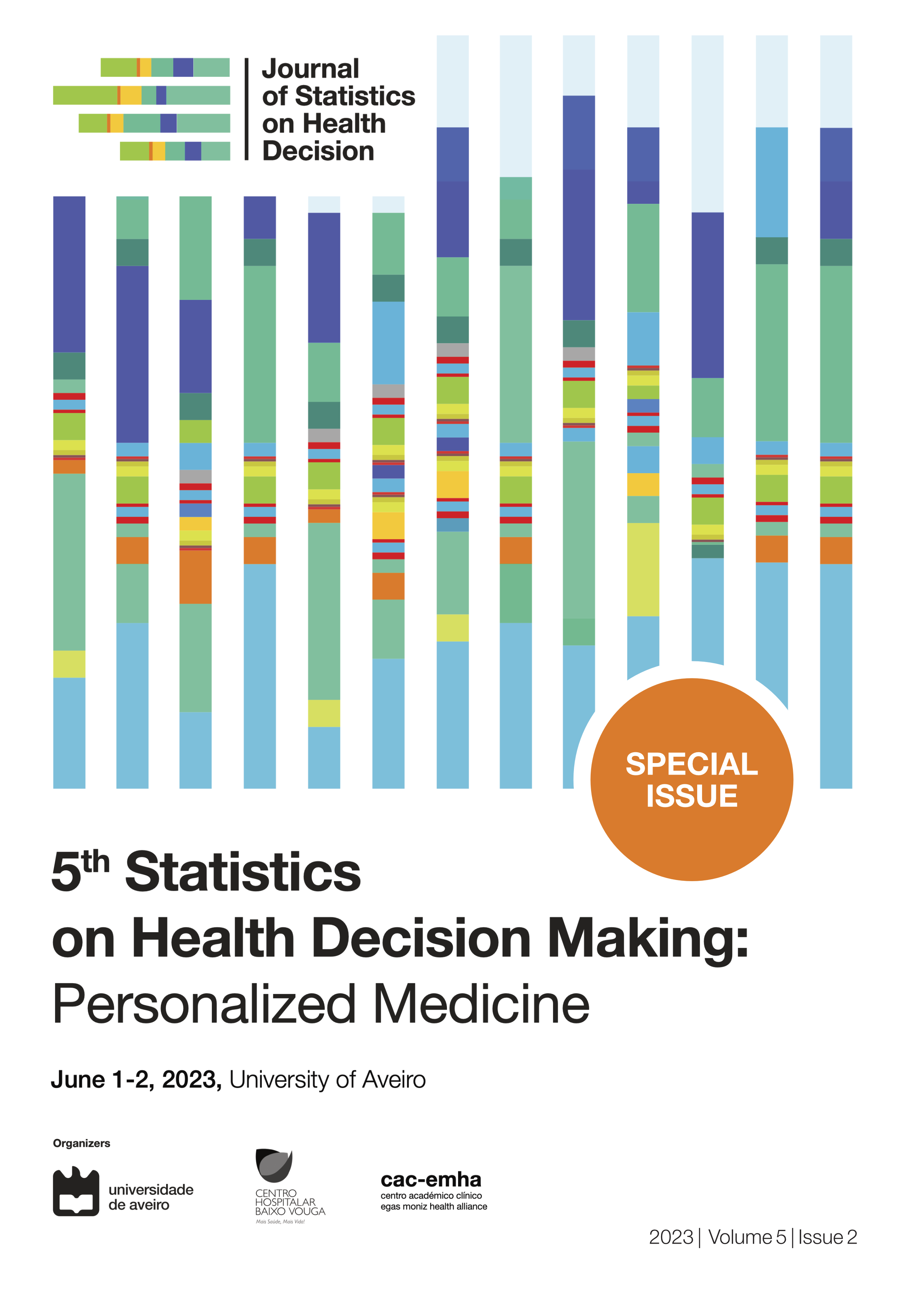Exploratory and Inferential Analysis of Children's Eye Defects Screening in the Region of Aveiro
Analysis of Children's Eye Defects Screening
Abstract
Background/Objective: Amblyopia is one of the leading causes of monocular vision loss in children in Portugal, affecting 1 to 4% of children. Diagnosis and treatment of amblyopia at an early stage can prevent visual impairment, and thus the Children's Eye Defects Screening (CEDS) was implemented in primary care health centres nationwide with the aim to identify children with eye changes capable of causing amblyopia.The primary objectives of this study were to compare the proportion of screenings conducted in the different municipalities and the possible interference of the typology of functional units in adherence to screening.
Methods: An exploratory analysis using R Software was performed on the standardised screening data to identify differences between the 11 primary care health centres in the Region of Aveiro. In addition, an inferential analysis was performed using non-parametric tests such as the Kruskal-Wallis test and the Wilcoxon test, both used to verify whether there are significant differences between the analysed groups.
Results: It is possible to observe that the results obtained in 2021 were abnormal because of the COVID-19 pandemic, which lead to an increase in the number of screenings in 2022. The family health units had higher numbers of requests generated, screening attendances, and reports than personalised health care units, especially in 2021 and 2022. Most of the screening results were negative, with approximately 10% of screenings being positive and roughly 1% of scans being inconclusive. There also appears to be a growing trend of positive results in some municipalities, which may result from a higher reach to the target population of this screening.
Conclusions: The purpose of our statistical analysis was to identify differences between the primary health centres in Region of Aveiro. Our results show that might be useful to perform further studies in order to address potential inequities regarding CEDS access.
Copyright (c) 2023 Diana Lucas Almeida, Joana Costa dos Santos, Jorge Manuel Silva Marques

This work is licensed under a Creative Commons Attribution 4.0 International License.
When submitting an article to the Journal of Statistics on Health Decision (JSHD), authors certify the following clauses:
- Originality and single submission – The contents presented in the article have not been published previously in whole or in part, and were not submitted or are not under active consideration elsewhere prior JSHD decision. The article is authentic and does not contain plagiarism.
- Authorship – All authors reviewed the article, agreed with its content, and agreed to its submission to the JSHD. All the authorship criteria stated by The International Committee of Medical Journal Editors Guidelines were met.
- Conflicts of interest – Any conflict of interests were declared. If authors have no declaration, it should be written (in the acknowledgements section): “The authors declare no conflict of interests”.
- Ethics committee and informed consent (if applicable) – The current research was approved by an independent ethics committee and subjects gave their informed consent before they were enrolled in the study.
- And authors agree to the Open Access license agreement of the Journal of Statistics on Health Decision, stated bellow.








